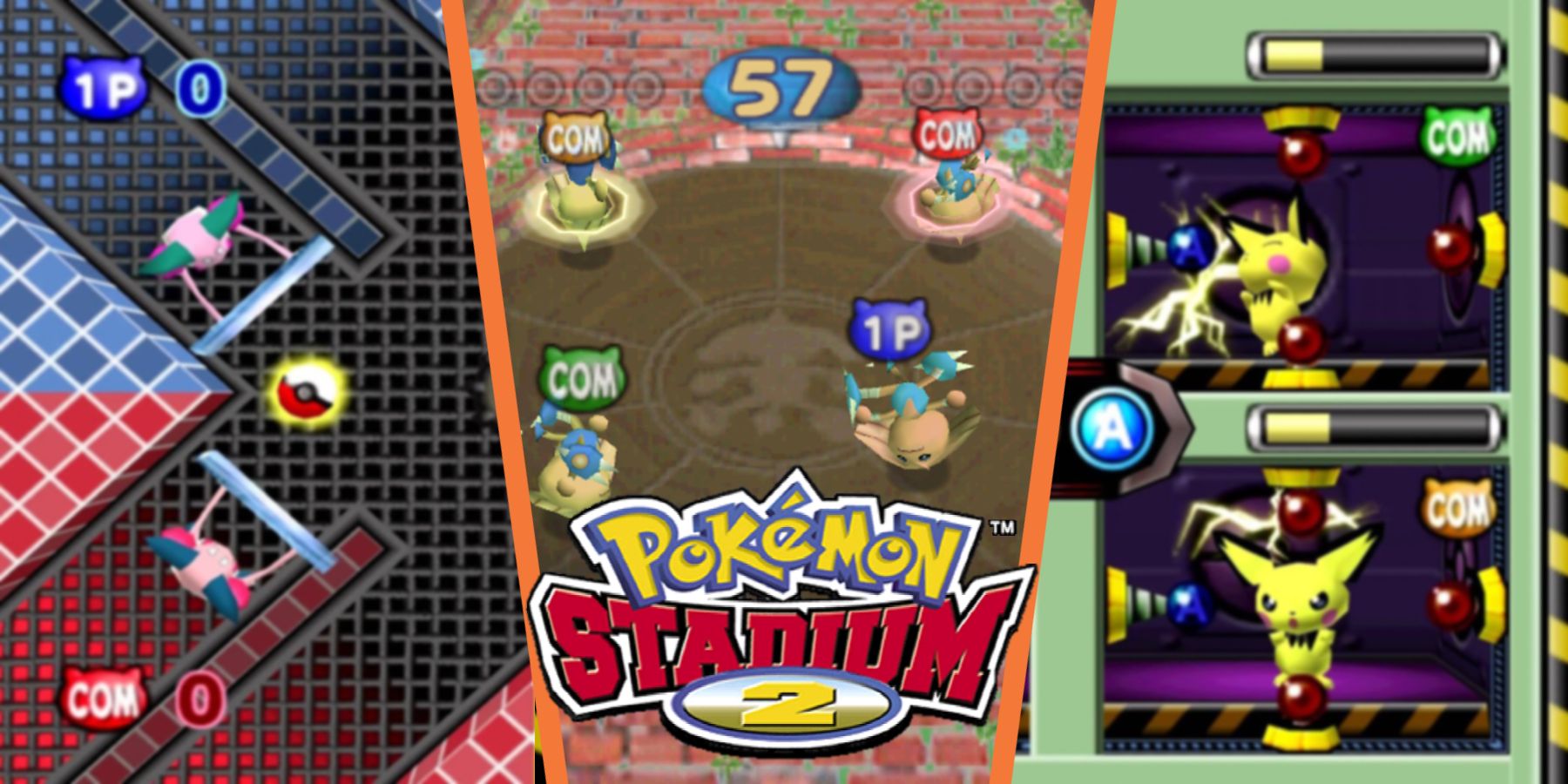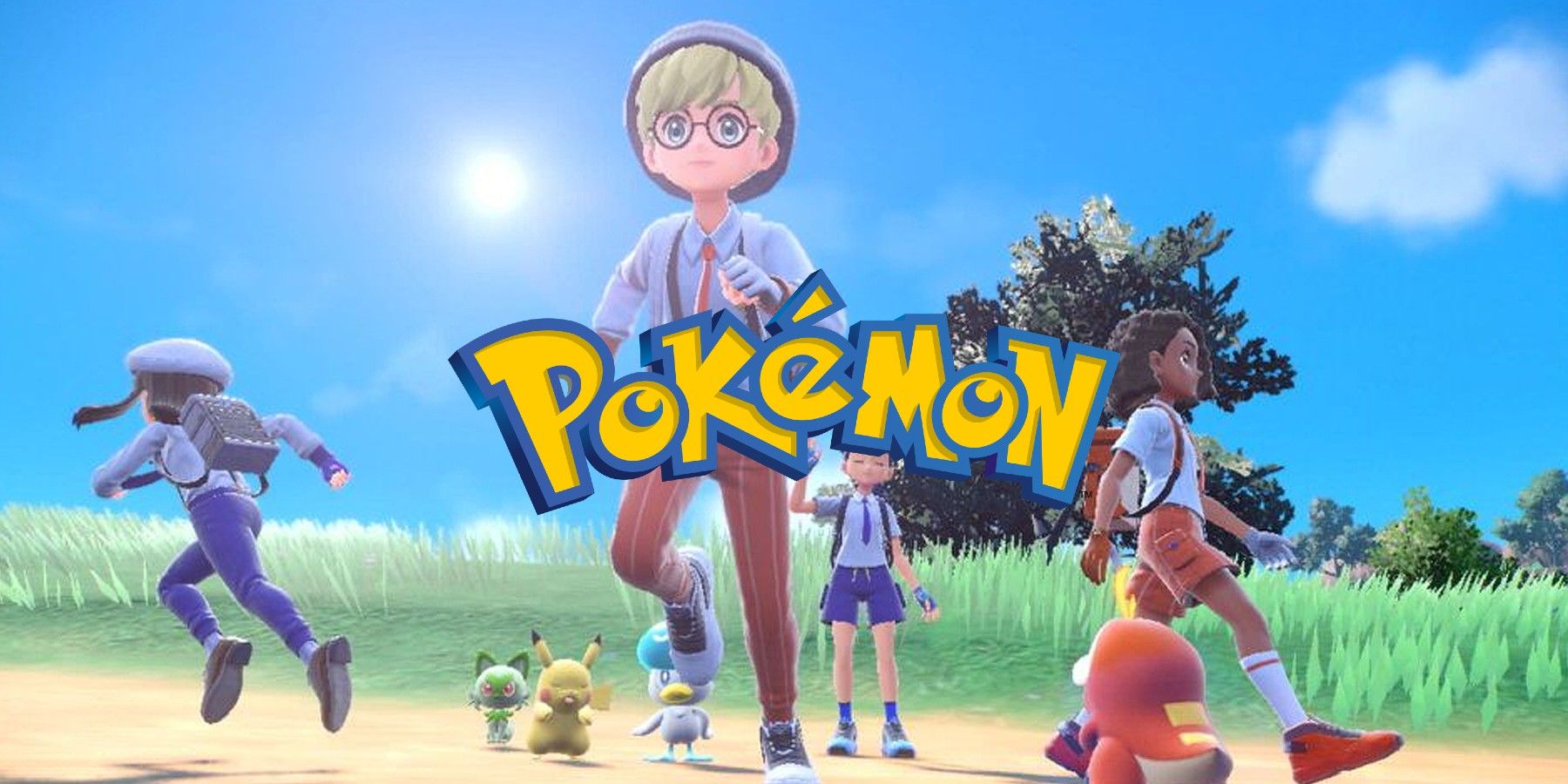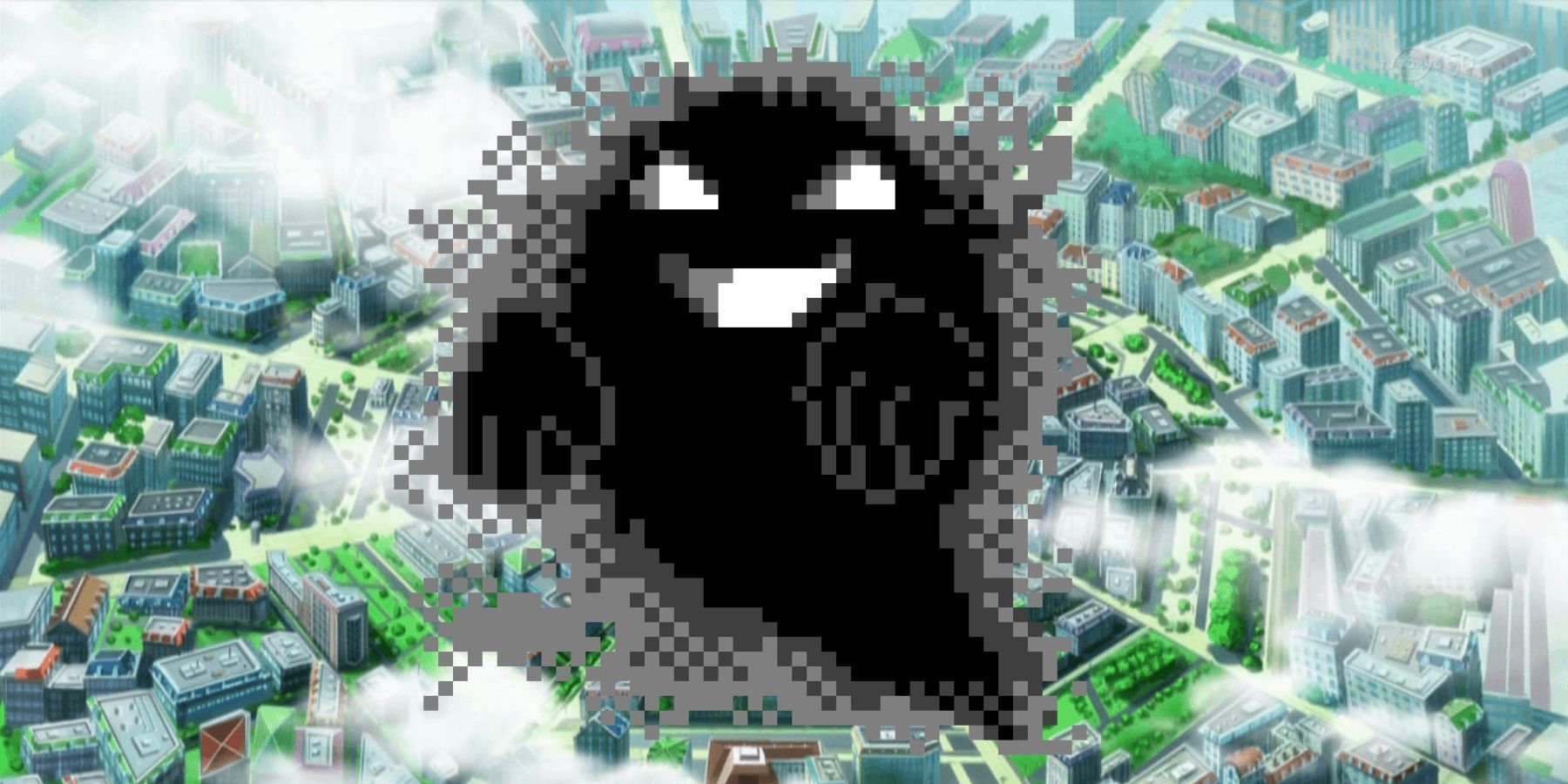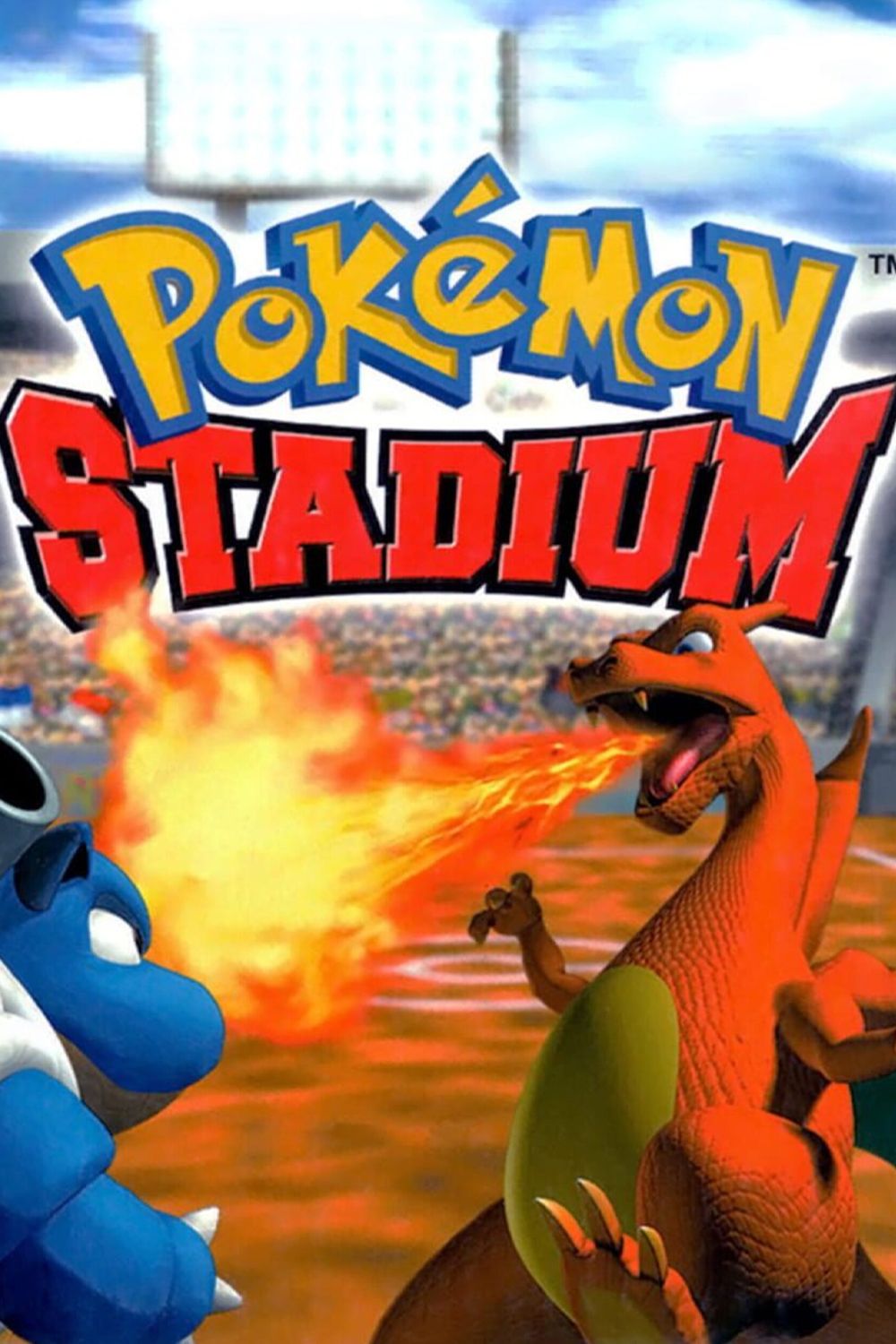Highlights
- Pokemon Stadium laid the groundwork for future Pokemon battles with its 3D graphics and animated Pokemon personalities.
- The Kids Club mini-games in Pokemon Stadium paved the way for later side content in the series, adding variety to the gameplay.
- While simple compared to modern games, Pokemon Stadium’s contributions to the franchise cannot be overlooked, and should instead be celebrated on its 25th anniversary.
The 25th anniversary of Pokemon Stadium has arrived, and its contributions to the franchise should be respected. Most of the major advancements in Pokemon have come along with new generations. For example, the addition of held items in Generation 2 and abilities in Generation 3 permanently changed the face of the game. Pokemon Stadium deserves some credit for what it did for the series as well. It didn’t shake up the series, but it laid the groundwork for Pokemon‘s future.
Pokemon Stadium launched for the Nintendo 64 on April 30, 1999, and unlike the main series, it was almost entirely focused on battles. Among the many spin-offs in the Pokemon series, it’s one of the simplest. Considering that it was also one of the first, this is unsurprising. The game has several modes, most of which revolve around battling. There is also the GB Tower, where players can play a first-generation Pokemon game with a transfer pack, complete with unlockable high-speed gameplay.

Pokemon Stadium 2’s Mini-Games Prove It’s Time For Pokemon Party
Though it might have taken many years to return, Pokemon Stadium 2 and its mini-games could help inspire a Mario Party-inspired Pokemon spin-off.
Pokemon Stadium Brought Pokemon Battles Into the Third Dimension
One of the most obvious differences between the Game Boy games and Pokemon Stadium is their graphics. The Game Boy games relied on 2D sprites, while the Nintendo 64 was capable of 3D models. Every Pokemon in Pokemon Stadium received a makeover, making the most of these new graphics. While fellow Nintendo 64 classic Pokemon Snap beat it to the punch in terms of bringing Pokemon into the third dimension, Pokemon Stadium was the first internationally released Pokemon title to feature 3D battles.
There was a prequel to
Pokemon Stadium
in Japan, but it only featured 40 Pokemon and never saw an international release.
These new graphics led to more cinematic battles than Pokemon Red, Blue, and Yellow could present. Each Pokemon had a set of animations that they would use when performing certain moves, in addition to the animations of the moves themselves. The presentation was further enhanced by the addition of an announcer, whose excited exclamations ended up becoming one of the most iconic aspects of the game. Pokemon Stadium was a first step towards creating more detailed and thrilling Pokemon battles.
Because Pokemon‘s graphics have evolved significantly since the days of the Nintendo 64, Pokemon Stadium may not look particularly impressive in the present day. However, it laid the groundwork for the series; eventual jump into 3D. The mainline series wouldn’t enter the third dimension until Pokemon X and Y, although Pokemon Colosseum would bring Stadium-style battles to the Gamecube, complete with its own story mode. Pokemon Stadium may have been simple, but it offered a preview of the future of Pokemon battles.
Pokemon Stadium’s Kids Club Features Pokemon’s First Great Minigames
Pokemon Stadium may have focused on battles, but that wasn’t all that the game had to offer. The Kids Club mode featured a series of minigames similar to the minigames from the Mario Party series, all providing quick bursts of gameplay with simple goals. Each game’s unique goals and fast pace made them good for plenty of fun. The games include:
- Clefairy Says
- Dig! Dig! Dig!
- Ekans’ Hoop Hurl
- Magikarp’s Splash
- Rock Harden
- Run, Rattatta, Run
- Snore War
- Sushi-Go-Round
- Thundering Dynamo

Every Pokemon Gen 10 Rumor So Far
With fans speculating about the upcoming Pokemon games, it’s time to take a look at the biggest and most credible Pokemon gen 10 rumors so far.
While the Kids Club is ultimately a small part of Pokemon Stadium, it represents something that would become a bigger part of later games. It was the main diversion from the game’s battles, and was rich enough to provide its own solid brand of entertainment. The Kids Club can be seen as a predecessor to side content such as the picnics in Pokemon Scarlet and Violet. In fact, its influence could be seen earlier in activities such as the Pokemon Contest and Pokemon-Amie.
Pokemon Stadium‘s Kids Club became a memorable part of the game thanks to its several entertaining minigames. One could even argue that the Kids Club paved the way for the PokePark games in that sense. Though it’s common for more recent games to give players more to do with their Pokemon than just battling. The Kids Club helped prove that Pokemon could do more than just battle, and the sequel letting players use their own Pokemon in certain minigames only proved it further.
Pokemon Stadium Gave the Iconic Creatures More Personality
The various natures that Pokemon can have are not the only thing about them that gives them personality. Over time, the series has given Pokemon plenty of individual personality quirks that help to flesh out each species further. This isn’t a particularly new feature for the Pokemon series, though. While Pokemon Yellow gave the player’s Pikachu plenty of facial expressions, and Pokemon Snap highlighted Pokemon behavior, Pokemon Stadium expanded on what those games did and offered personality to the whole cast.
Pokemon Stadium‘s battle animations did more than show off the Nintendo 64’s graphical capabilities, they also gave each Pokemon a bit more flair and personality. For instance, Articuno of Pokemon‘s Kanto Legendary Bird trio looks calm and regal in its animations, befitting its legendary status. Meanwhile, Nidoking absolutely hams it up in his animations, adding a lot of energy to a Pokemon that previously had little identity of its own. Every Pokemon in the original 151 got a boost from Pokemon Stadium in this way.

Pokemon Legends Z-A Can Finally Answer So Many X and Y Mysteries
Pokemon Legends Z-A has the opportunity to pick up where Pokemon X and Y left off, tie up some curious loose ends, and solve some mysteries.
Pokemon-Amie would eventually let players pet Pokemon and play with them, showing off plenty of emotional range to adorable effect, even for typically intimidating Pokemon. Pokemon Stadium was arguably the first step in bringing these kinds of interactions to life. Its animations were specific to battles and minigames, but they all helped the Pokemon feel more alive. While the original Pokemon Snap had a natural feel, Pokemon Stadium went full steam ahead on giving its Pokemon personalities.
Pokemon Stadium was more than a spin-off. It brought Pokemon battles to consoles, and acted as a checkpoint of sorts for the series’ future. In Pokemon Scarlet and Violet, every battle is highly detailed, the Pokemon are rich with personality, and there is plenty for players to do. Pokemon Stadium was an important step on the road to that point.


